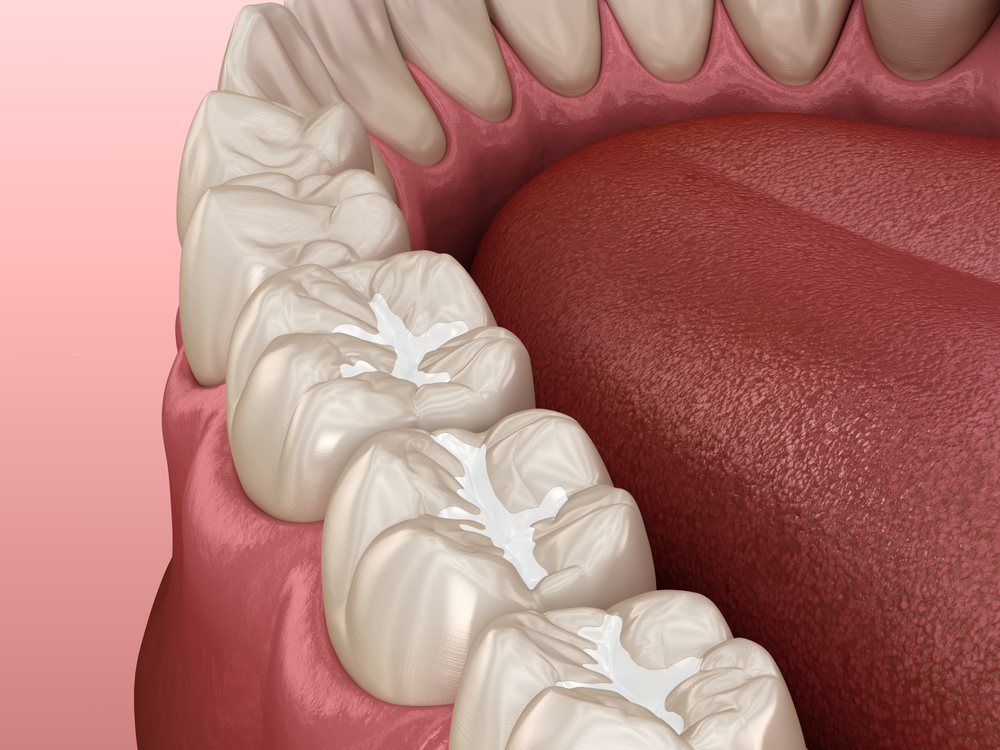Filling cavities seems like it should be a straightforward procedure. You go in for a dental checkup, your dentist finds a cavity, and then they go about filling said cavity. However, once the decision is made to fill the cavity, patients are presented with essential choices. Dentists have a variety of materials they can use to fill cavities, each with its unique advantages. Knowing the different types of filling materials and how they react over time can help patients make a more informed decision on what kind of filling they want for their cavity.
Amalgam
Amalgam fillings come in different colors and are crafted from multiple elements. The fillings are created from mixtures of primarily mercury, silver, tin, copper, and small amounts of different metals. Dentists primarily utilize amalgam fillings for cavities found on the biting surfaces of teeth towards the back of the patient’s mouth. These filings are typically stronger and can withstand the amount of pressure placed on the back teeth. Amalgam fillings are typically the longest-lasting filling material.
Resin Composites
Resin composite fillings typically find their way to the front teeth that suffer from cavities. These fillings can be color-matched to your teeth’s natural color and blend in better, and they can handle the rigors of chewing and amalgam fillings. Due to their coloring and similarities to real teeth, they are becoming a popular option among children and adults alike. However, they do not have the same longevity that other materials might have.
Glass Ionomers
Similar to resin composites, glass ionomers are close in color to your teeth. Once inserted into the cavity, the glass ionomers release fluoride to help fight tooth decay and protect your teeth. They are popular choices for cavities that have developed along with teeth that do not act as biting and chewing surfaces.
Silver Diamine Fluoride
While the other materials can provide lasting protection for your teeth, if you need a quick fix or a child needs a solution until their adult teeth grow in, silver diamine fluoride can be a suitable choice. This material is a coating that goes over the surface of your teeth and the cavity in question. It prevents the cavity from getting worse until the tooth can either be repaired or, in the case of babies or children, until their permanent teeth fully form.
Knowing your options for dealing with cavities can improve your oral health and form a plan of attack to keep your cavities in check. Whether you choose the mentioned materials or opt for a dental sealant in Burlington County, NJ, you can rest assured knowing that Hamilton Dental has the expertise to help address your cavity woes. Additionally, we can help align teeth for our patients in Middlesex County, NJ! Contact our team to schedule your next appointment today.







